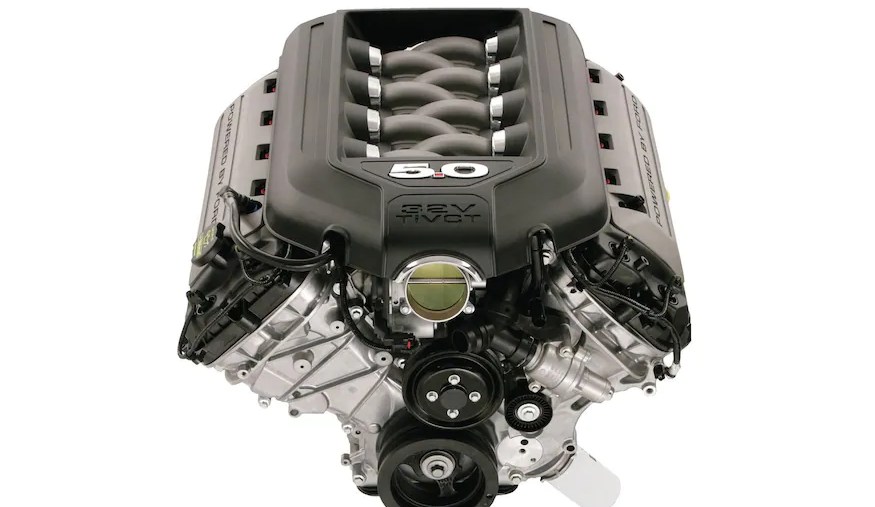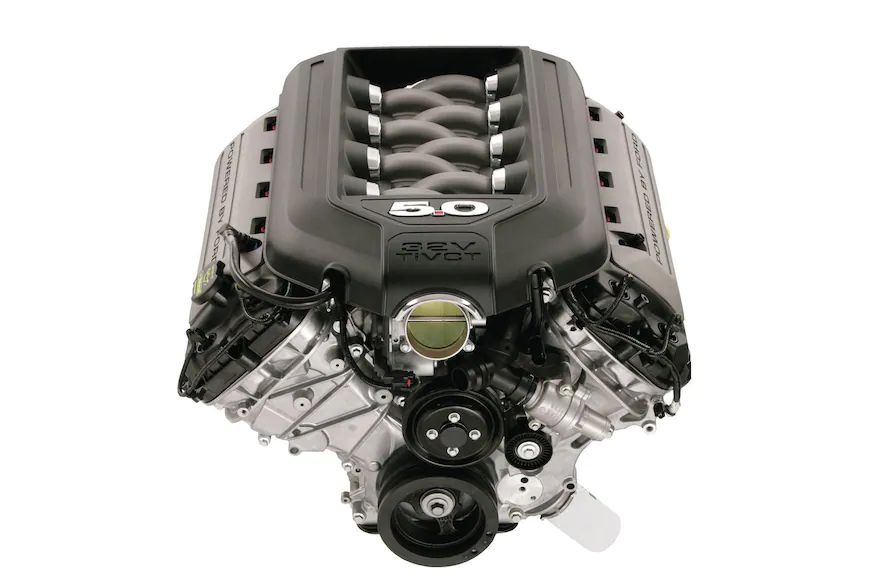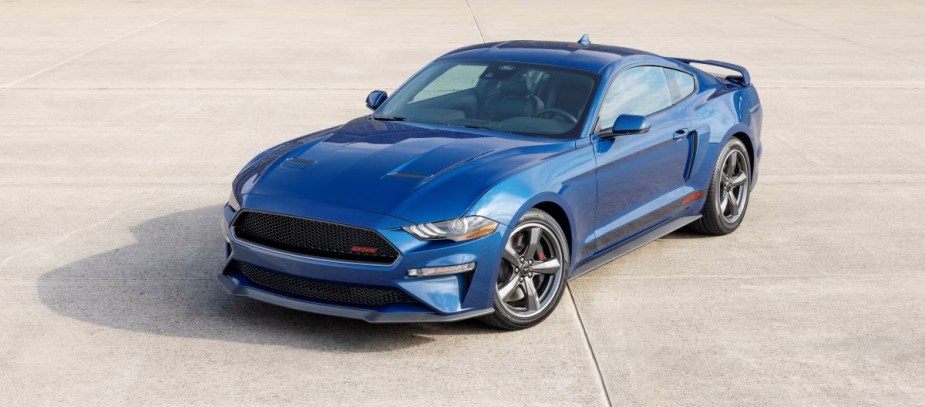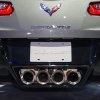
The Ford Coyote 5.0 V8 Doesn’t Sound Good Straight Piped, Sorry
Likely, the first straight-piped Ford Mustang came to exist shortly after the Mustang debuted. Effectively, car modifications have been around for as long as cars. For good reason, too! It’s a lot of fun to make your car your own. Additionally, a well-sorted exhaust system can sound quite good. That being said, the low, grumbly tones of the cam-in-block V8 from Ford are gone. It’s time for a bit of hard truth. A straight-piped Coyote 5.0 V8 does not sound good.
Ford’s Modular V8 engines have a raspy and wildly annoying sound

Not to single anyone out unfairly, but the ensemble of fine folks behind the Youtube channel Mustang Lifestyle have a video that quite nicely outlines this phenomenon.
In the video, the hosts each have an exhaust shop build them a straight-pipe exhaust system. At least, that’s what the title says. Likely, the vehicle still has catalytic converters installed, and the shop simply performed a simple muffler delete. That is, in this case, bad enough.
The old-school architecture is in play with an older Windsor V8 engine like you find in classic Mustangs. This means that the engine has a single camshaft in the middle of the block and pushrods driving the valvetrain. This, like Chevy’s engine to this day (save for a handful of Cadillac applications and the new flat-plane V8 in the C8 Z06 Corvette), creates the low, throaty growl that we’re used to associating with classic V8 muscle car sounds.
However, the Ford Coyote 5.0 uses a dual-overhead-camshaft assembly like all Ford Modular V8 engines. Each cylinder head has two camshafts that control valve timing. While this assembly is more efficient and allows the creation of substantial power (forget the C8 LT2 pushrod V8 exists for a second here), it just does not sound as good as a pushrod V8. It sounds fantastic at idle, and even from inside the cabin, as can be seen in the video. At higher RPMs, though, the Coyote breaks up into an annoying raspy wailing sound, reminiscent of the dreaded VQ35 Nissan V6 sound, just a bit deeper.
Maybe it’s the DOHC design, maybe it’s the fact that the Coyote has a different firing order, or maybe it’s something else. Any way, you cut it, though; it just doesn’t sound good.
Ford Coyote 5.0 is not a lost cause, though

There is a reason that the title of this video is not that Coyote engines sound bad in general. Explicitly, the problem lies in people who muffler delete or straight pipe their exhausts. Especially when using small diameter exhaust piping.
There are, however, a handful of aftermarket exhaust solutions that offer a nice tone to Coyote-powered vehicles. As much hot water as this suggestion can come with, think of a Ford Coyote 5.0 like a Honda engine. They can sound quite good, but the exhaust system requires some careful attention.
That’s not to suggest that straight-piping an LS or other V8-powered car is a good solution either. A proper exhaust system is a wonderful thing. Do you know what makes an exhaust sound really good? A turbocharger or two. There’s something to consider.
Ultimately, the Ford Mustang is a fantastic car, and the Ford Coyote V8 is an amazing engine that makes great power, has a remarkable amount of aftermarket support, and is very dependable. However, they just don’t sound that good with a loud exhaust. Sorry.



